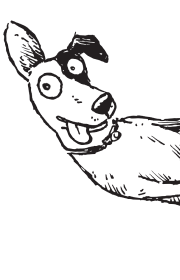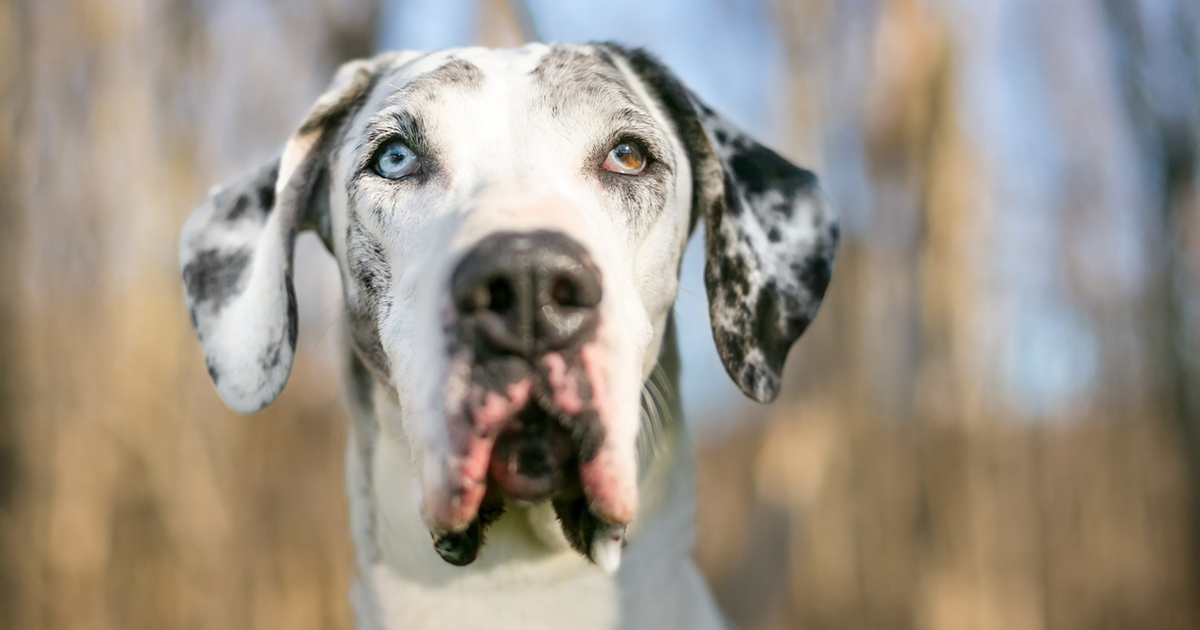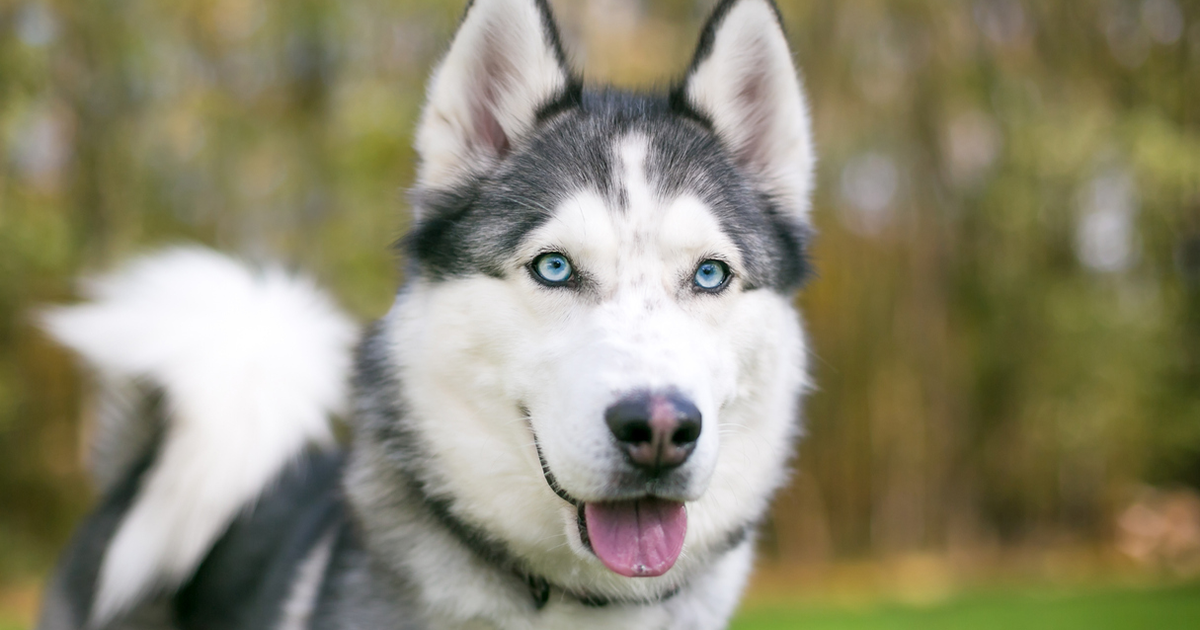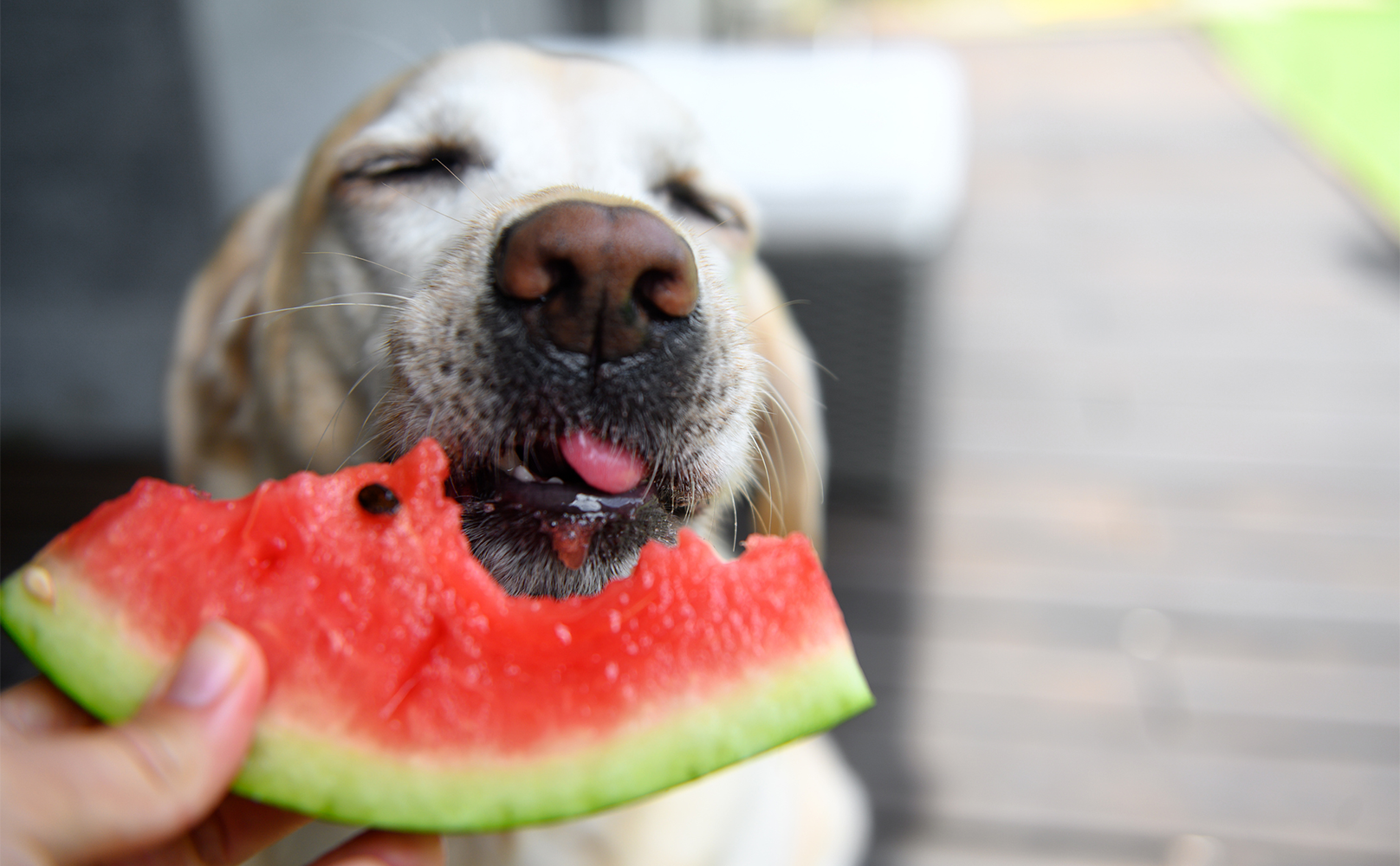Yes, you read that right: animal poop. Specifically orcas, pumas, bears, spotted owls, jaguars, wolves, giant armadillos, tigers and more. And it’s all in the name of science.
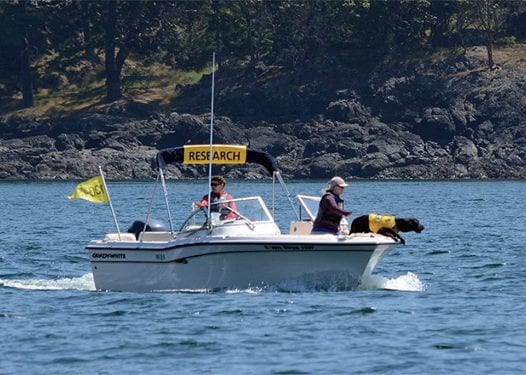

Founded in 1997 by Samuel Wasser, Conservation Canines (CK9) has trained 17 dogs to track down fecal left by threatened or endangered species–much like how police departments use dogs to detect narcotics except smellier. And Wasser was inspired by such method when he realized his work on endangered species required a much larger scale, reports Smithsonian Magazine.
[bp_related_article]
Wasser then partnered up with Barb Davenport to start CK9, which operates at the University of Washington Center for Conservation Biology in Seattle. Davenport at the time was working as Washington Department of Corrections’ lead drug dog trainer.
Experienced scat detection dogs apparently can identify fecal matter from 13 individual species, which comes to no surprise. A dog’s sense of smell is powerful. After tracking down the scat, researchers collect the samples to find insights between the animals and their environment.
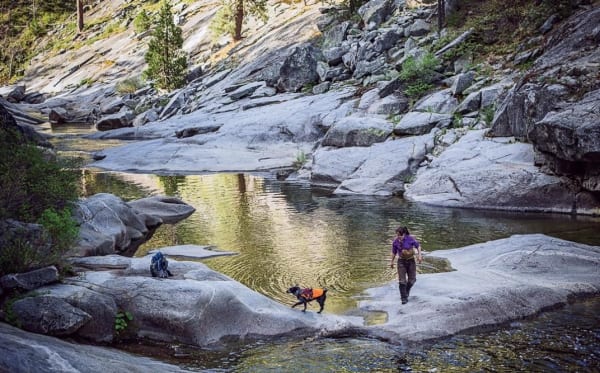

The university’s brochure stated an animal scat contains genetic, physiological and dietary information that can be temporarily tied to environmental change. Also, hormone measures provide estimates of stress, nutritional status, and reproductive health. And immunoglobulins in scat reveal immune system competence. In other words, a collected fecal sample can provide a comprehensive health profile over time without studying the species.
To make a program this successful you have to take in dogs who will flourish in the kind of work Wasser and his team do. Many of the dogs in CK9 are rescued animals who are of different breeds. But if there’s one thing all the dogs have in common is their drive to retrieve the ball. This is the key to the relationship between the handlers and the dogs.
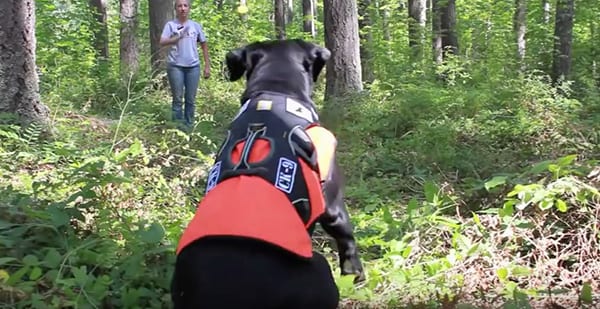

Heath Smith, the CK9 program coordinator and program’s lead handler and trainer, explained to Smithsonian Magazine: “As soon as they see the ball, they don’t care about anything else. They don’t care who has it or where you threw it. All they care about is, if I bring this back, will you throw it again? That’s the dog we look for. Some dogs just want a ball to chew on, but the dogs we look for are the ones who want to play fetch. We use that to communicate.”
Wasser added that it doesn’t matter whether the scat is from a male or a female, in water or in land, hidden or visible, “the dog will work tirelessly to get it because it wants the ball so badly.”
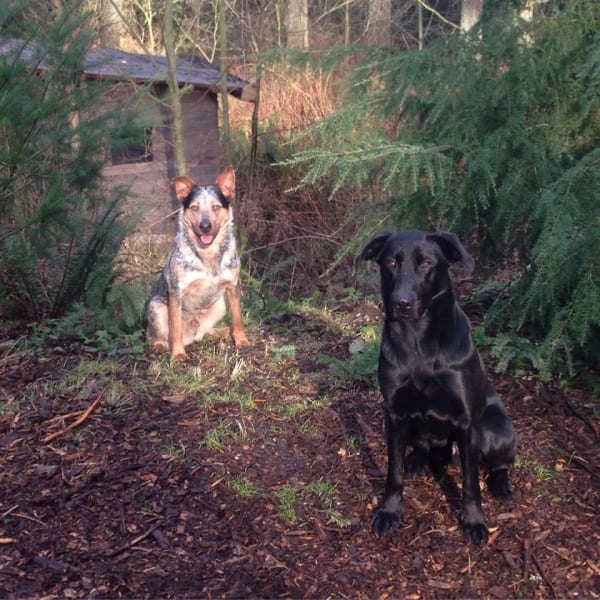

Since their early days, CK9 has garnered much attention due to their work with killer whales, which apparently is their highest profile CK9 project.
Last year we told you about Tucker, a 10-year-old rescued male Labrador who specializes in sniffing out whale fecal for the program. Tucker has helped CK9 find information into the health and stresses on the resident whales of the Puget Sound region in the Pacific Northwest.
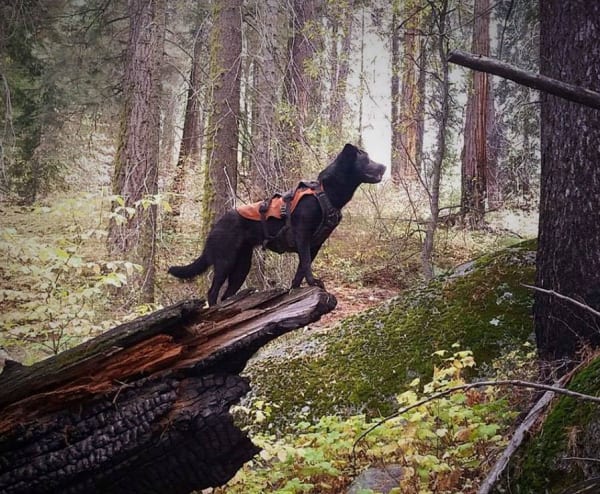

“It’s a huge amount of information,” Wasser told Smithsonian. “We’re talking about animals that spend 90 percent of their time under the water. There are plenty of terrestrial studies that get nowhere near this level of data. That shows the power of the dog to do this kind of work.
Sources: Smithsonian Magazine, Canine Conservation – University Of Washington
